By Sexual and Reproductive Health and Rights (SRHR) we mean:
‘the right of all individuals to make decisions concerning their sexual activity and reproduction free from discrimination, coercion, and violence.’[1]
SRHR are interlinked with many other fundamental human rights, for example:
The Right to Health
Health is recognised as a human right in The Universal Declaration of Human Rights and in the International Covenant on Economic, Social and Cultural Rights.
The right to health is defined in the constitution of the World Health Organization as:
“a state of complete physical, mental and social well-being and not merely the absence of disease or infirmity”[2]
the WHO constitution further states that:
“the enjoyment of the highest attainable standard of health is one of the fundamental rights of every human being without distinction of race, religion, political belief, economic or social condition.”[3]
Furthermore, The Committee on Economic, Social and Cultural Rights and the Committee on the Elimination of Discrimination against Women (CEDAW) have both stated that part of women’s right to health, is their right to sexual and reproductive health. In other words, women have the right to accessible, affordable and high-quality sexual and reproductive health services, all of which should be ensured by the State in which she is living.[4]

The Right to Life
The Right to life is an essential aspect of sexual and reproductive health and rights and should be used in advocacy on the field. The Right to Life is found both in the Universal Declaration of Human Rights and the International Covenant on Civil and Political Rights. It effectively means that nobody can try to take your life, and that your life should be protected by law.
The Right to Life has been claimed by anti-choice actors as a key phrase in their opposition to abortion. However, it has been repeatedly proven that restrictive abortion legislation does not put an end to abortions, but forces women to seek unsafe ‘back-alley’ abortions which might put their lives at risk.[5]

Furthermore, the right to life is clearly violated by the high number of avoidable deaths that occur among women and girls of reproductive age, deaths which often come as a result of avoidable complications before during or after childbirth. Such complications can be even more dangerous for girls who become pregnant at an early age or before their bodies are fully developed. These pregnancies often comes as a result of limited access to contraception or lack of education.
Globally, women and girl’s right to life continues to be threatened by high rates of maternal death, where maternal death is the second highest cause of death among women of reproductive age.[6]
The right to life also intersects with sexual and reproductive health and rights in terms of HIV and AIDS. In Eastern Europe and Central Asia, rates of HIV have continued to grow and an estimated 60% of people living in Eastern Europe do not know that they are HIV-positive.[7] Lack of awareness about HIV or inability to access HIV treatments can lead to the development of AIDS and potentially cause death due to AIDS-related cancers or infections. In this way, obstacles to awareness and treatment of HIV constitute a threat to the right to life.
Right To Privacy

The Universal Declaration of Human Rights contains explicit reference to the Right to Privacy:
‘No one shall be subjected to arbitrary interference with his privacy, family, home or correspondence.’[8]
The Right to Privacy intersects with SRHR in a number of ways. For example, in terms of the right to doctor-patient confidentiality concerning HIV/AIDS-status, pregnancy or even the fact of having visited a healthcare provider. The Right to Privacy would also be violated if doctors reported cases of women who had procured abortion in countries where it is illegal, as has occurred most recently in El Salvador.
The CEDAW Committee have also made recommendations which touch on the right to privacy. For example, in General Recommendation No. 24, it is recommended that:
‘‘In particular, States parties should ensure the rights of female and male adolescents to sexual and reproductive health education by properly trained personnel in specially designated programmes that respect their rights to privacy and confidentiality.’[9]
The Right to Freedom of Expression and the Right to Education

The right to freedom of expression is found in the International Covenant on Civil and Political Rights where it is stated that:
‘Everyone shall have the right to freedom of expression; this right shall include freedom to seek, receive and impart information and ideas of all kinds, regardless of frontiers, either orally, in writing or in print, in the form of art, or through any other media of his choice.’ [10]
In terms of SRHR, the right to freedom of expression is related to the right to information on family planning methods including contraception and abortion.
This is outlined more explicitly in General Comment No. 22 (2016) on the Right to sexual and reproductive health of the International Covenant on Economic, Social and Cultural Rights. This comment states that:
‘States are obliged to ensure that adolescents have full access to appropriate information on sexual and reproductive health, including family planning and contraceptives, the dangers of early pregnancy and the prevention and treatment of sexually transmitted diseases (STDs) including HIV/AIDS, regardless of their marital status and whether their parents or guardians consent, with respect for their privacy and confidentiality.’[11]
Indeed, Comprehensive Sexuality Education greatly facilitates understanding of available information on sexual and reproductive rights as it enables people to think critically about things such as sexuality, lifestyle choices and family planning. This is one of the reasons why comprehensive sexuality education is so important.

General Comment No. 22 (2016) on the Right to sexual and reproductive health further addresses the need for sexuality education when it states that:
‘the right to sexual and reproductive health, combined with the right to education (articles 13 and 14) and the right to non-discrimination and equality between men and women (articles 2.2 and 3), entail a right to education on sexuality and reproduction that is comprehensive, non-discriminatory, evidence-based, scientifically accurate and age appropriate.’[12]
The Right to Freedom from Discrimination

The International Covenant on Civil and Political Rights and the International Covenant on Economic, Social and Cultural Rights both include parts on the principle of non-discrimination, while the Convention on the Elimination of All Forms of Discrimination against Women focuses on discrimination against women in particular.
For example, Article 1 of the Convention on the Elimination of All Forms of Discrimination against Women defines ‘discrimination against women’ as:
‘any distinction, exclusion or restriction made on the basis of sex which has the effect or purpose of impairing or nullifying the recognition, enjoyment or exercise by women irrespective of their marital status, on a basis of equality of men and women, of human rights and fundamental freedoms in the political, economic, social, cultural, civil or any other field.’[13]
Non-discrimination is essential in order for people to access the human rights to which they are entitled, and in SRHR, access to health services such as HIV-testing or maternal health care must be ensured without stigma or discrimination in order to protect the health and lives of people across the world.
The Right to be Free from Torture or Cruel, Inhumane or Degrading Treatment or Punishment

This right is found in Articles 4 and 5 of the Universal Declaration of Human Rights and article 7 of the International Covenant on Civil and Political Rights.[14]
Torture can be defined as:
Deliberate infliction of severe pain or suffering, mental or physical, whether to punish or intimidate, or to obtain information
Inhuman treatment as:
treatment that causes serious physical and/ or mental pain or suffering
and,
Degrading Treatment as:
Treatment arousing feelings of fear, anguish and inferiority, capable of humiliating and debasing the victim, It is thereby sufficient if the victim is humiliated in his/ her own eyes.[15]
In SRHR, The Right to be Free from Torture or Cruel, Inhumane or Degrading Treatment or Punishment can be violated by many practices and policies, for example – through denial of medical care such as denial of access to safe and legal abortion, through the practise of forced HIV-testing, through ‘virgin’ testing or by forced sterilization.
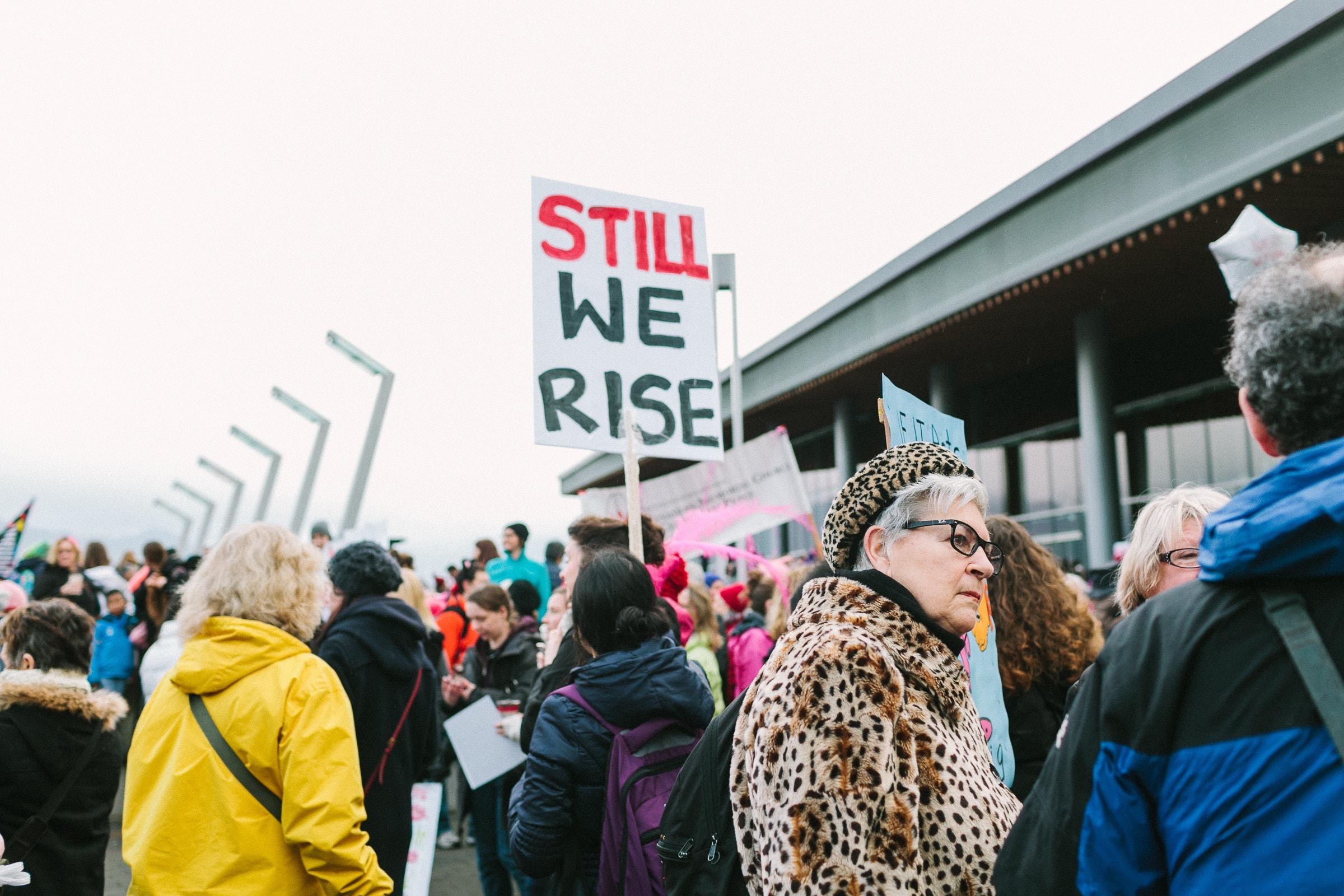
Now that you know the key concepts, it is time to focus on advocacy.
Advocacy is the attempt to influence the decisions of lawmakers and policy targets, and convince them to support your cause.
This can be done in a variety of ways such as: sending emails or letters to your policy targets, or even Tweeting at them! Arranging meetings with policy targets is also an important method, as this will allow you to have face-to-face discussion with them on your advocacy issue. Sometimes, governments and international bodies or organisations such as the EU or UN arrange consultation meetings or processes which allow civil society to submit findings and / or recommendations on their advocacy issue. This is an essential entry point for human rights advocacy so it is important to research national and EU consultation meetings and strategies, and UN treaty body reviews.
Political systems tend to have lots of checks and balances in place, so it is rarely as simple as arranging a meeting and achieving your advocacy goals. Advocacy requires patience and passion, and an eagerness to learn about political institutions and their inner workings.
It is also essential for advocates to present their arguments in a clear and professional way, in order to be taken seriously by policy targets. Statistical research, supporting documents and knowledge of the key concepts briefly outlined above will all help you in your advocacy for sexual and reproductive health and rights.
[2]Constitution of WHO: principles/World Health Organization
[3]Constitution of WHO: principles/World Health Organization
[4]Sexual and Reproductive Health and Rights (SRHR) and the Post-2015 Development Agenda/Universal Access Project
[5]Unsafe Abortion: the preventable pandemic/World Health Organization
[6]Women’s health/World Health Organization
[7]Gender and Chronic Disease Policy Briefing/Eurohealth
[8]Universal Declaration of Human Rights/United Nations
[9]Table 5: HIV, AIDS and the Right to Privacy/Health and Human Rights Resource Guide
[10]International Covenant on Civil and Political Rights/United Nation Human Rights
[11]General Comment No. 22 (2016) on the Right to sexual and reproductive health/ESCR-Net
[12]General Comment No. 22 (2016) on the Right to sexual and reproductive health/ESCR-Net
[13]Convention on the Elimination of All Forms of Discrimination against Women/OHCR
[15]Right to Freedom from Torture, Cruel, Inhuman or Degrading Treatment or Punishment/Northern Ireland Civil Services


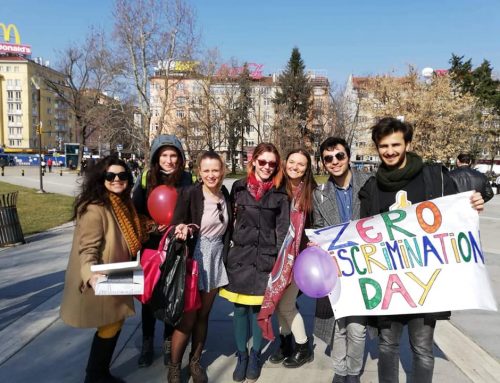





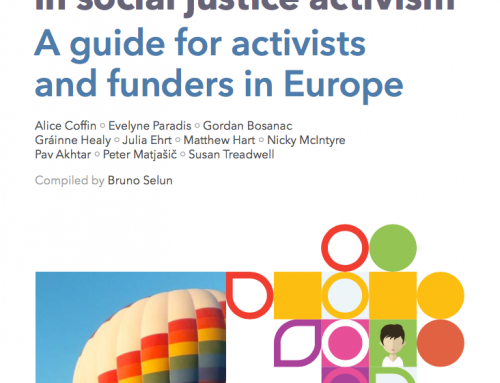











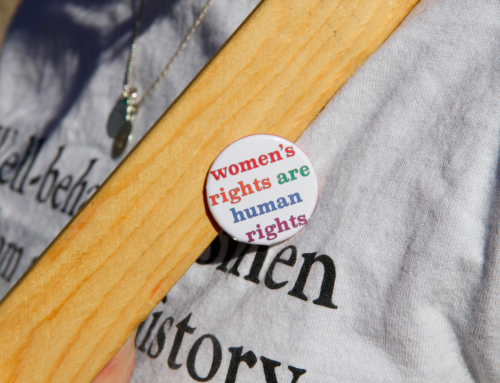


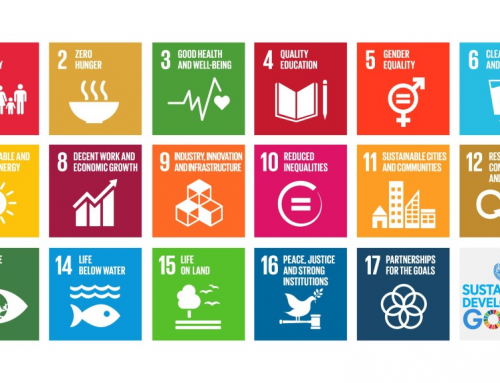

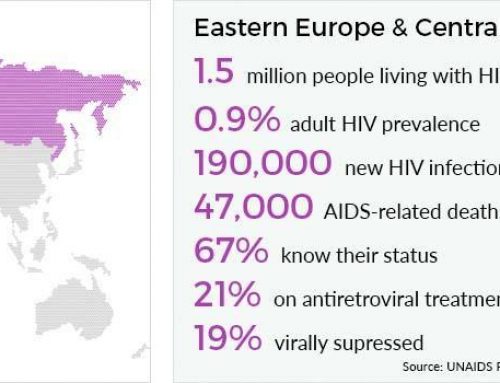


Leave A Comment
You must be logged in to post a comment.